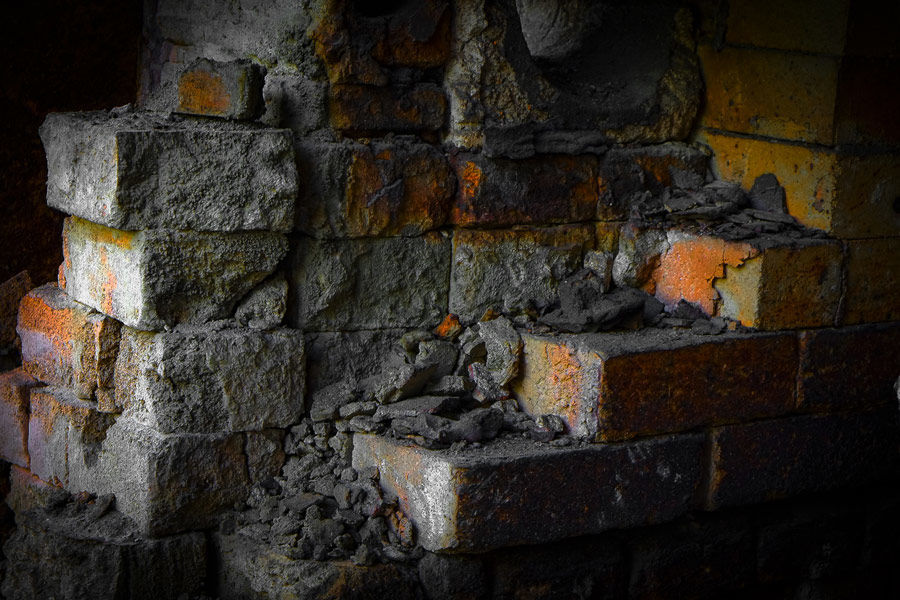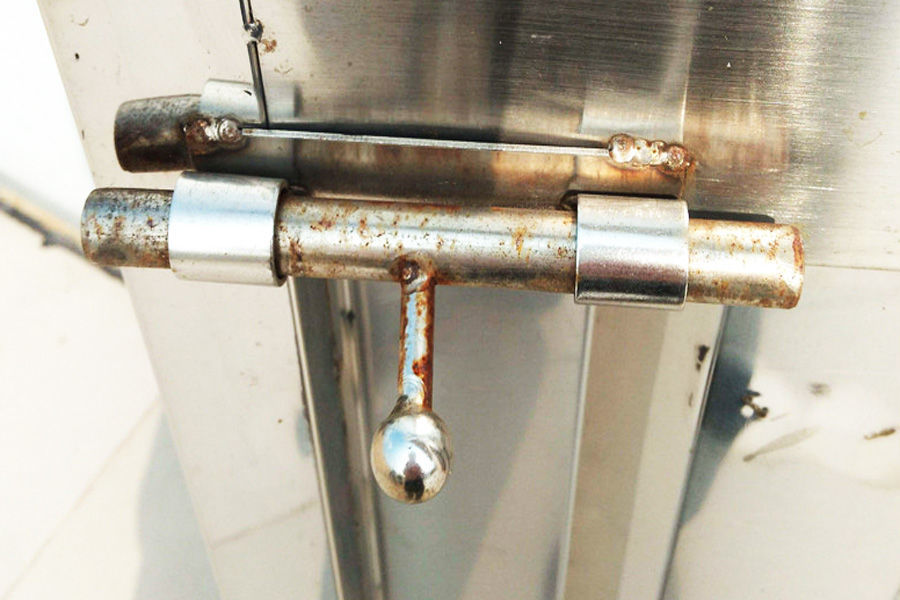03 Mar 2021
Sledge Hammer an Essential Tool in Construction
Construction is one of the most physically intensive jobs. Hand tools like the sledge hammer and a pickaxe help workers do their manual work more swiftly and efficiently. These tools provide much better results than what one could accomplish with their bare hands. The sledge hammer is a heavy-duty hammer used for demolition jobs where high force is required. It has a large, flat metal head attached to a long wooden handle. The length of the handle allows the tool to gain momentum while swinging, and the heavy metal head results in amplified force compared to a usual hammer. The force of the hammer comes from the long swinging range and must be used with both hands. The swinging action is similar to using an axe. The sledge hammer is a widely popular tool used in construction jobs. Thanks to the weight difference between the long handle and the heavy metal head, the tool gives the user momentum during a swing and hits the surface with substantial force. It is used for the following jobs listed below. Home Demolition Anything that needs to be destroyed can be done using a sledge hammer. This is why contractors use it for taking down houses. From removing cabinets to breaking down sinks to demolishing walls, they can do it quickly and efficiently. These heavy-duty hammers can break down entire walls made of sheetrock, plaster, or drywall. This also includes wall studs and joists of interior walls, and heating and air conditioning ducts. Removing Exterior Walls Exterior walls are built strong to withstand nature’s blows. But a sledge hammer when swung with the right force can break these strongly built walls also. Concrete blocks and bricks are easy, while solid concrete walls take a little more time. As you keep hitting, the mortar cracks, which then makes it easier to remove the walls. Breaking Concrete Slabs Concrete is a very hard surface to break down into pieces. It is very difficult to lift or remove concrete slabs. This is where a sledge hammer proves to be extremely useful. When you are swinging the heavyweight hammer with full force, you create kinetic energy. Striking the concrete downwards with this will lead to cracks in it. Repeatedly hitting at the surface will eventually break it. Driving Bolts into Concrete The hardness of concrete makes it very difficult to drill into. And the high-power drills that are capable of drilling through concrete are very expensive tools. So, a sledge hammer is the better choice for installing hooks or bolts into concrete. The bolt should be made of steel that can withstand the impact created from swinging a sledge hammer.






